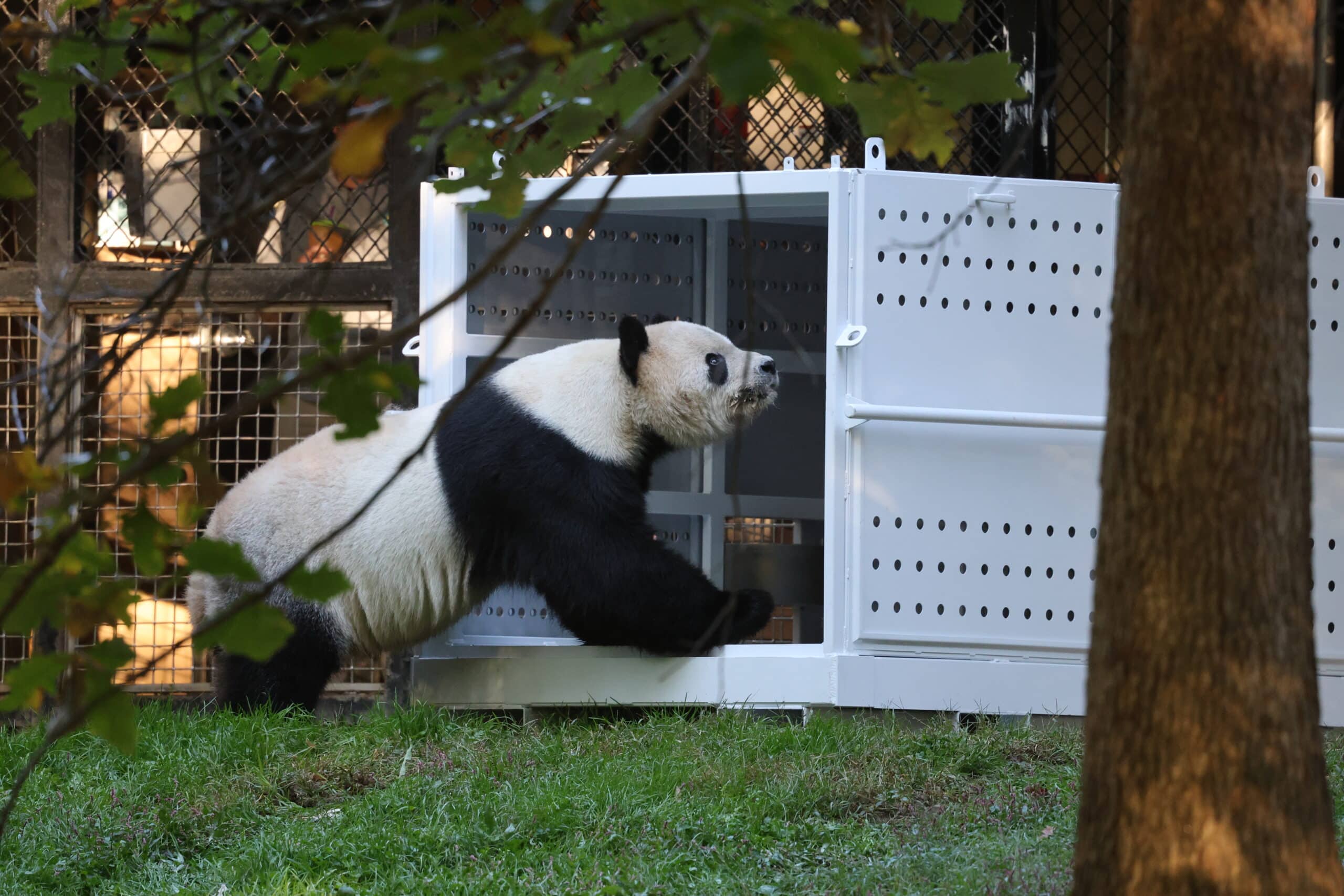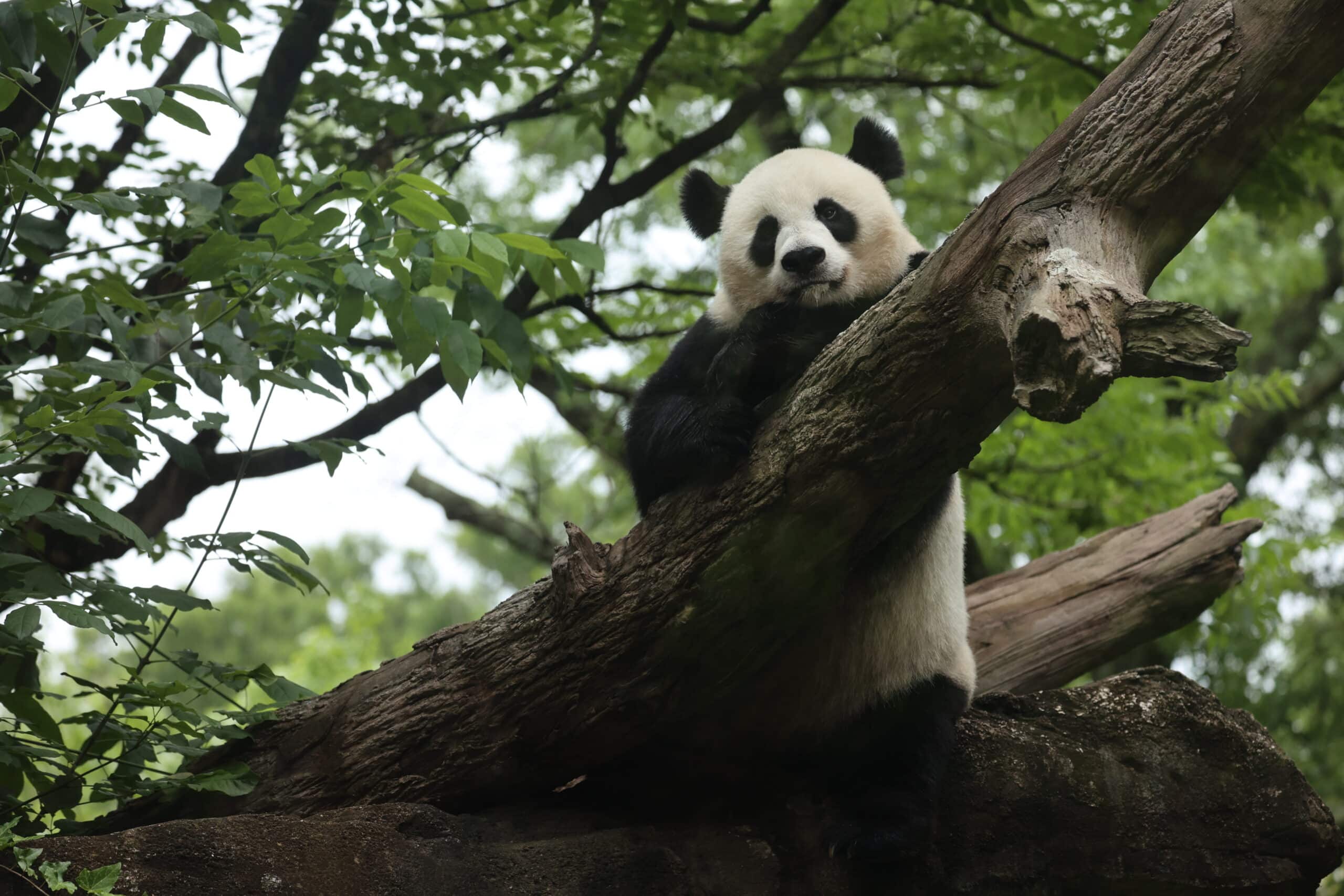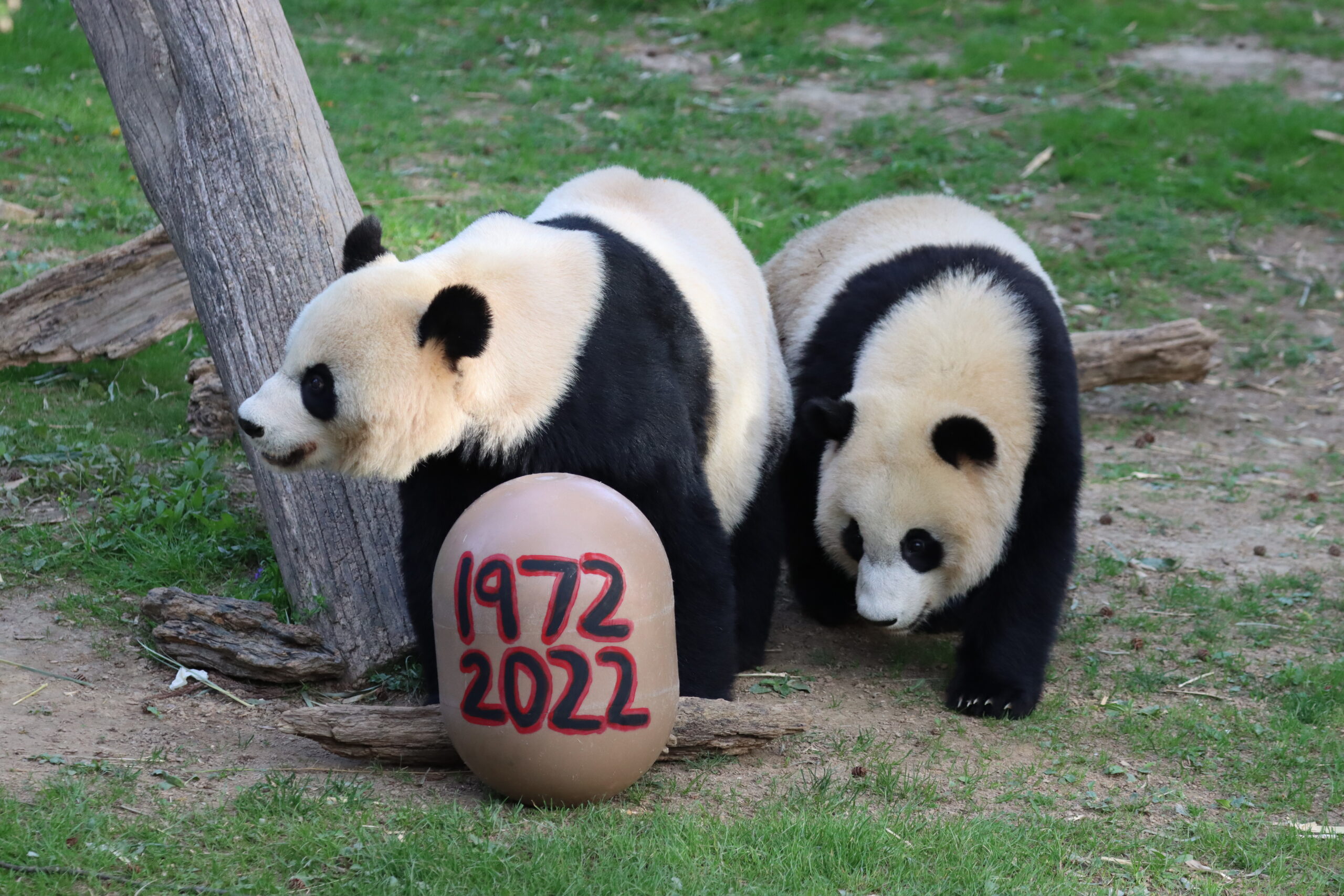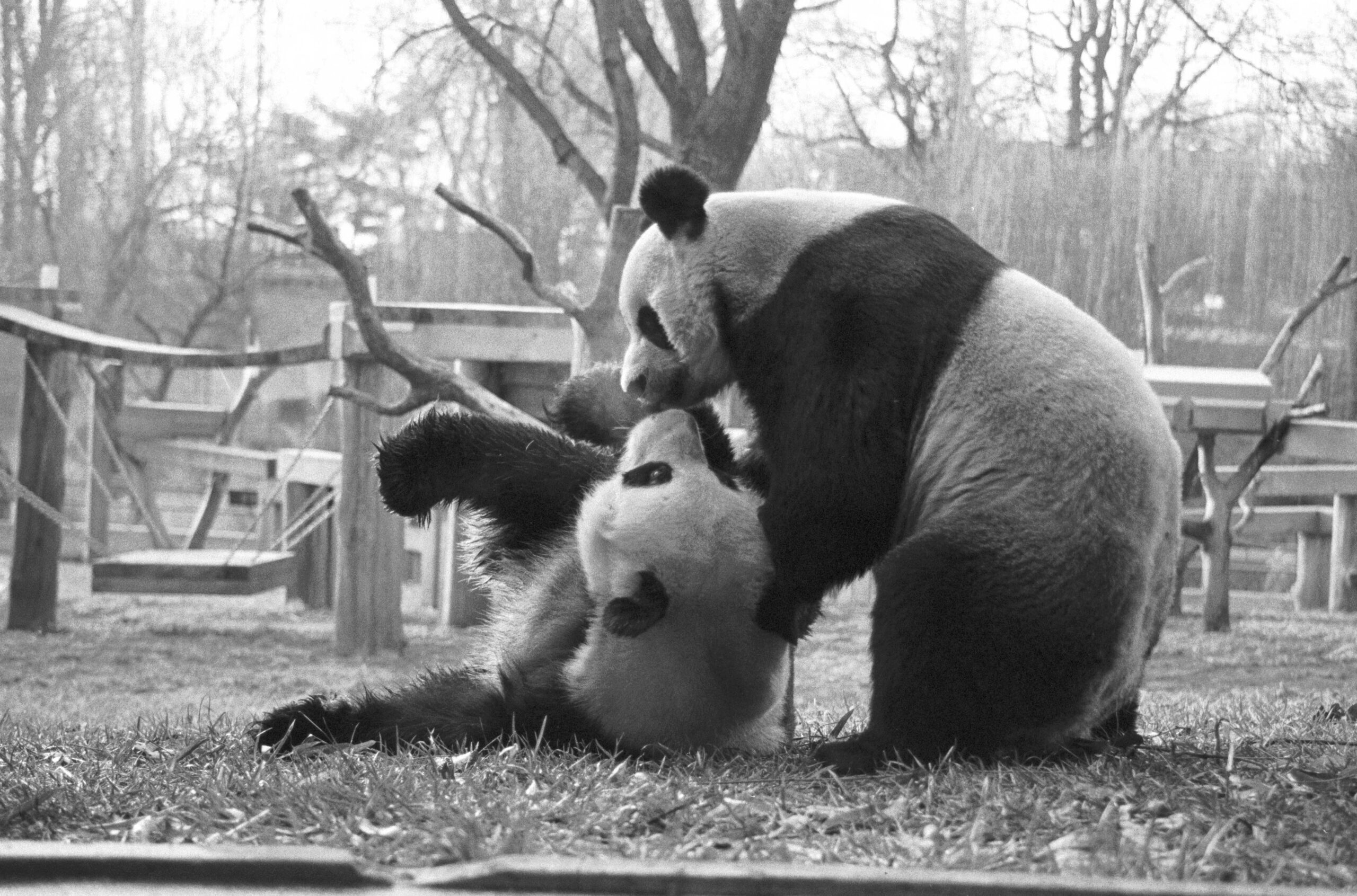A New Treat for Bao Bao: Corn Stalks!
One of the defining and iconic characteristics that makes giant pandas unique among bears is their diet — bamboo. They evolved to eat bamboo, which is a type of grass, and although it makes up about 99 percent of their diet, pandas have the gastrointestinal tract of a carnivore. All bamboo might look the same, but there are many different species of bamboo, and giant pandas are bamboo connoisseurs. It’s always a challenge keeping up with the amount of bamboo they eat and their individual tastes: in the winter they eat the culm; in the summer they eat mostly leaves; sometimes, they will discard a stalk of bamboo entirely for reasons only apparent to them.
At the Giant Panda Species Survival Plan meeting this past spring in Edinburgh, our panda team was able to talk with teams at other zoos from around the world about nutrition and how to balance it with taste preferences. The panda team at the Vienna Zoo in Austria came up with a new and different idea. They have been offering their pandas cornstalks to eat in addition to bamboo and their normal diet. The pandas at Vienna Zoo seemed to really like the cornstalks, so our Department of Nutrition Science decided to plant some corn at the Smithsonian Conservation Biology Institute (SCBI). At the end of August, the first stalks, free of corn, were harvested and sent to the Zoo. Mei Xiang, Tian Tian, and Bao Bao all really enjoyed them! They stripped the stalks of their leaves and ate them.
Corn, like bamboo, is a grass and likely contains many of the same nutrients as bamboo like protein, fiber, minerals, and vitamins. Cornstalks are also high in plant sugars and pandas really like the occasional sugary treat. They are given sugarcane as a sweet treat, but cornstalks may be a less sugary alternative. (Don’t worry, they’ll still get sugarcane from time to time!)





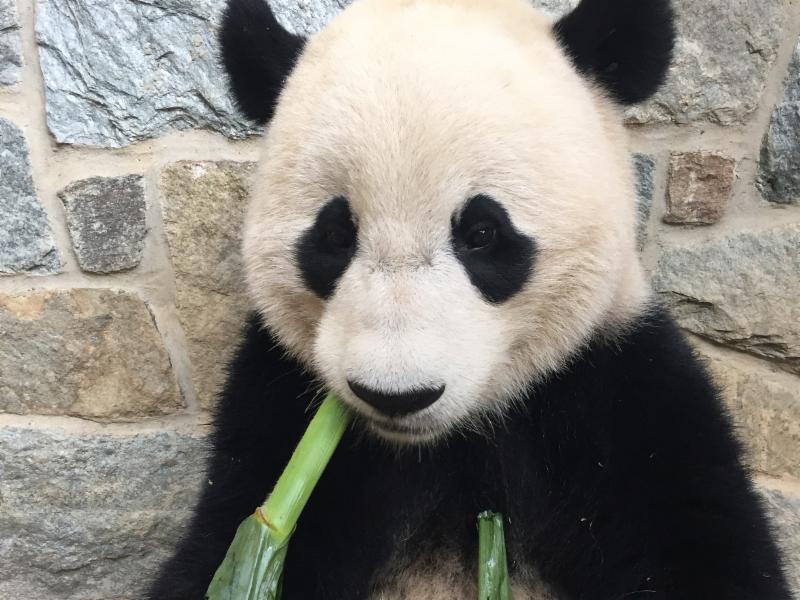 This update was written by Mike Maslanka, head of the Department of Nutrition Science at the Smithsonian’s National Zoo and Conservation Biology Institute.
This update was written by Mike Maslanka, head of the Department of Nutrition Science at the Smithsonian’s National Zoo and Conservation Biology Institute.
